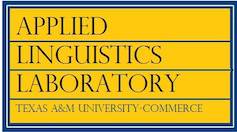Insegnare l’italiano nelle classi multilingue attraverso la matematica. Una riflessione sulla linea del tempo attraverso operazioni matematiche con studenti della scuola primaria
DOI:
https://doi.org/10.21283/2376905X.1.13Keywords:
FOREIGN LANGUAGE TEACHING, MATHEMATICS AND LANGUAGE, NUMBERS AND VERBS, NUMBER LINE AND WORDSAbstract
The latest research into the psychology of the mathematics learning demonstrates that everyone, independent of their culture and origin, possesses a representation of the numbers comparable to the number line (Dehaene, 1993). This article presents a pilot study that compares the data obtained in two language classes: one experimental, in which Italian verb tenses are explained through numbers and mathematical operations; and a control class, in which the same material is taught without the use of mathematics. The data demonstrates that the introduction of mathematics in Italian L2 instruction improves linguistic reflection and increases academic success. Also, since enjoyment is one of the pillars of motivation that supports language learning (Balboni, 2006), this article poses the hypothesis that the introduction of associations between numbers and linguistic reflection could be enjoyable and thus promote language learning in multilingual classrooms.
Downloads
Published
How to Cite
License
Copyright (c) 2014 Martina Brazzolotto

This work is licensed under a Creative Commons Attribution 4.0 International License.


